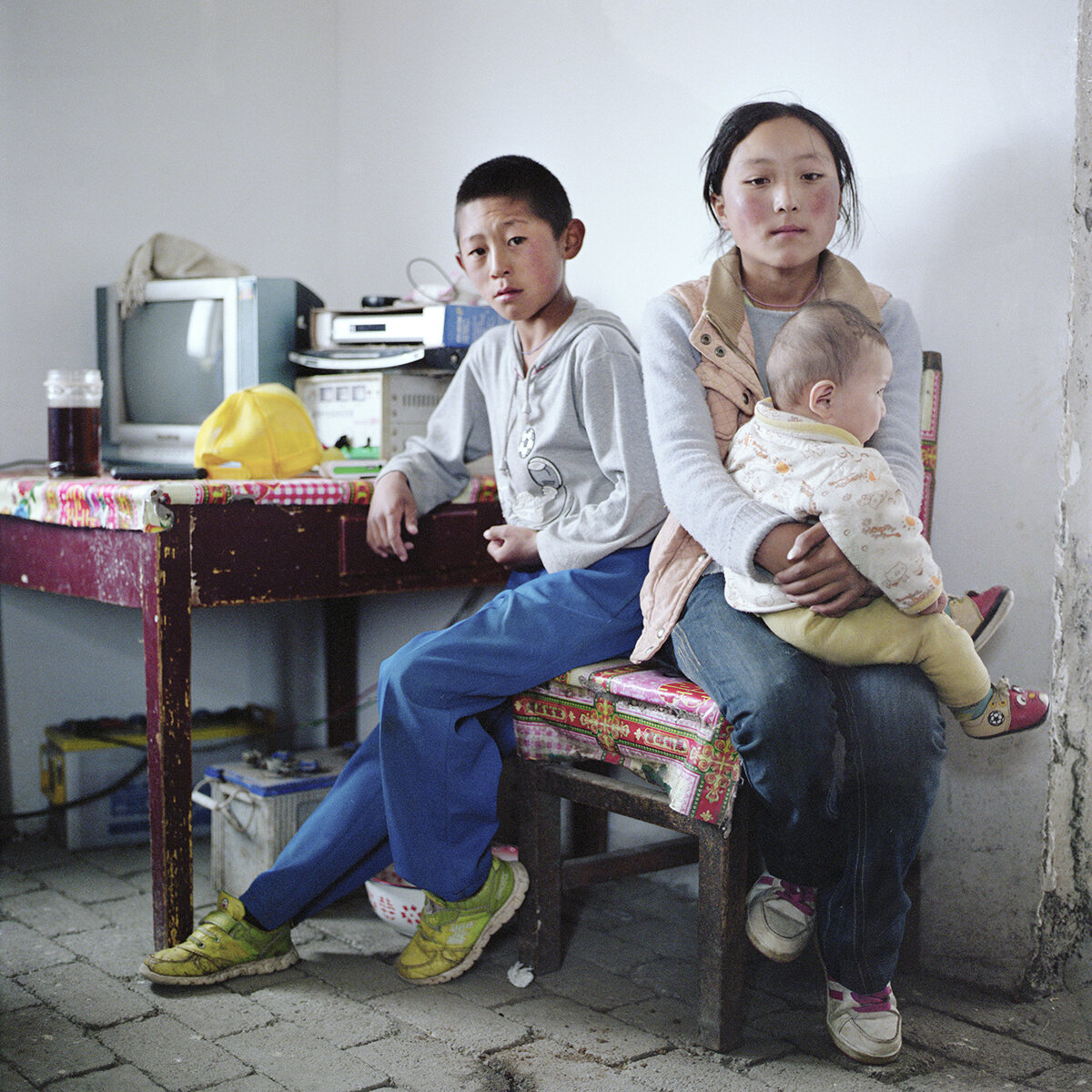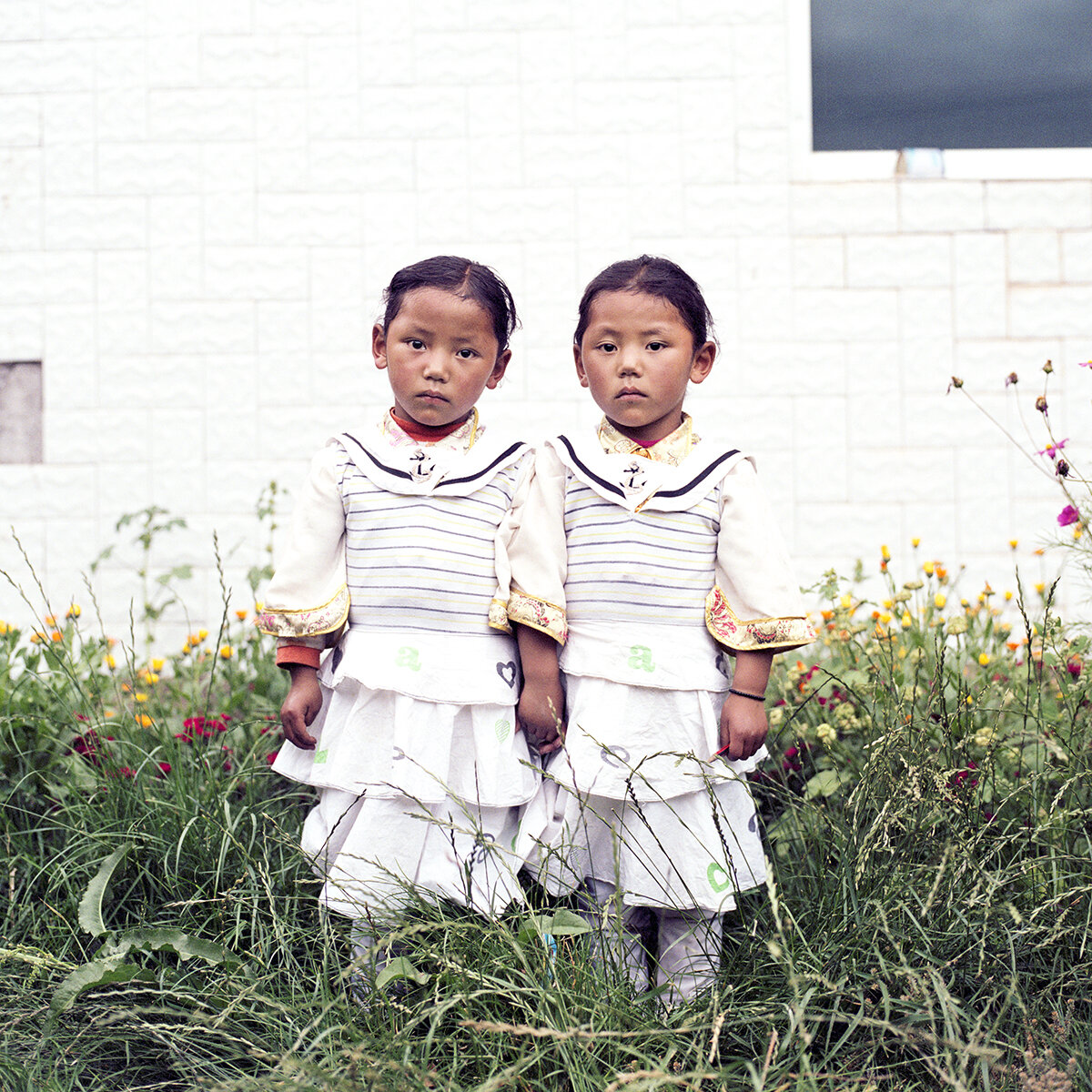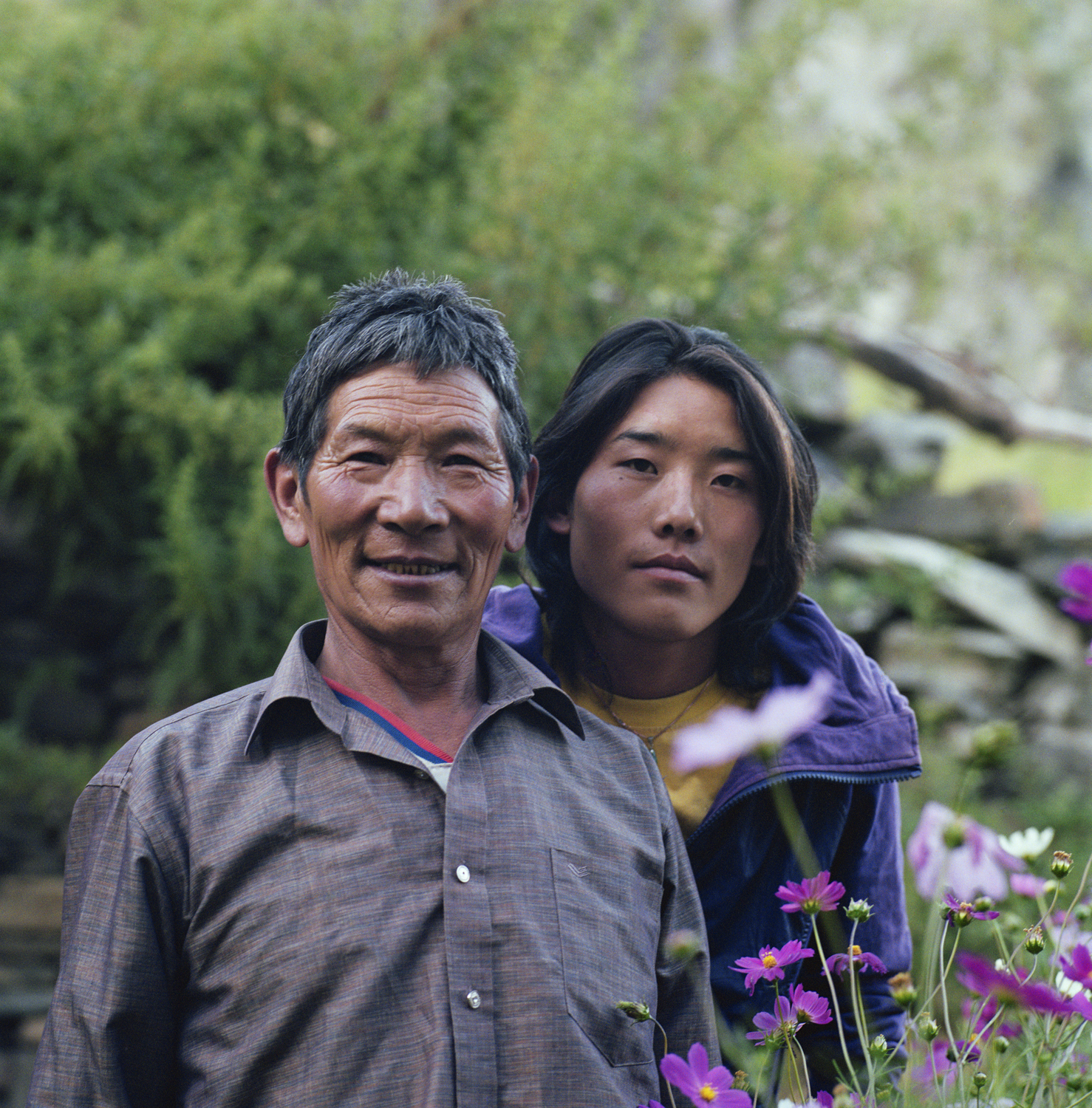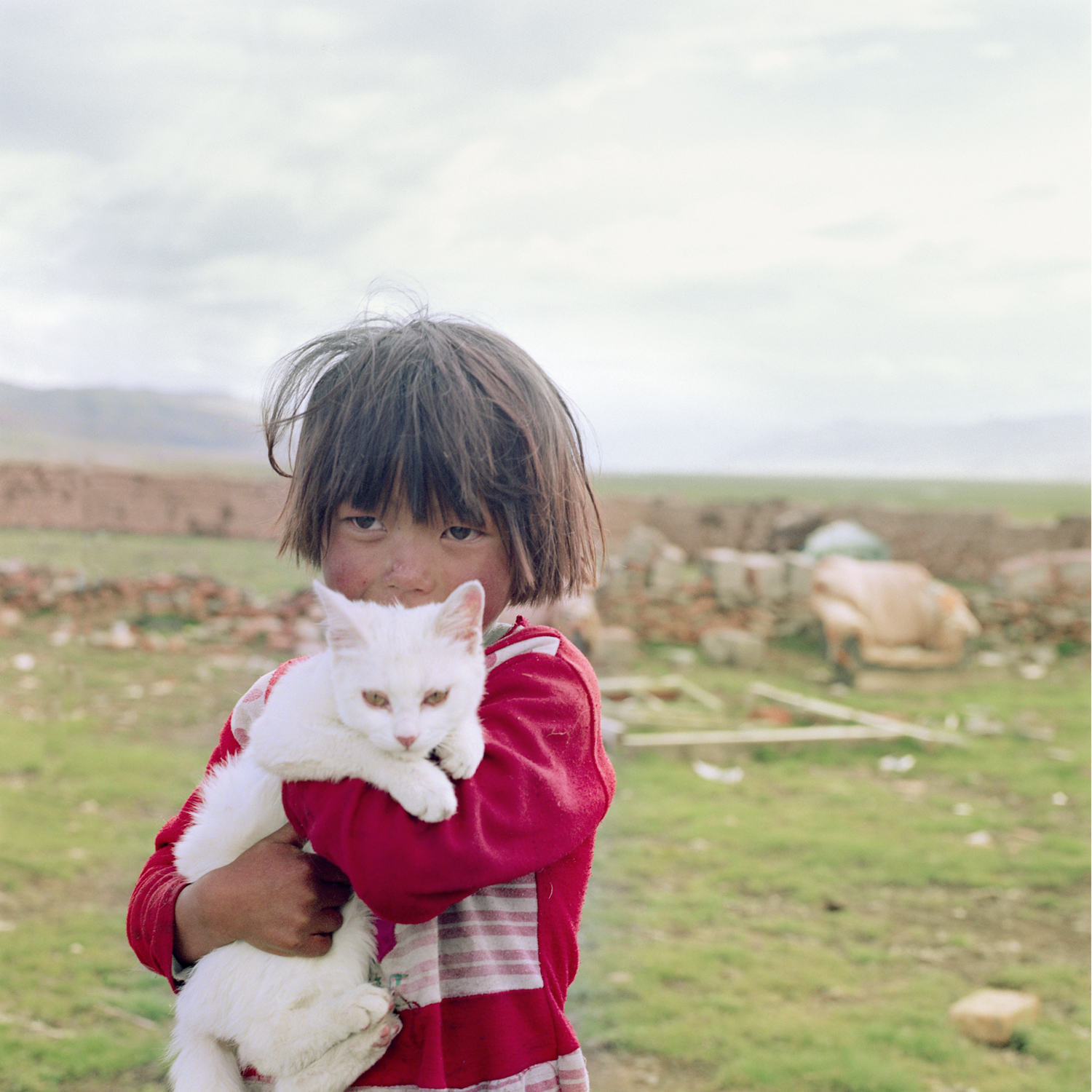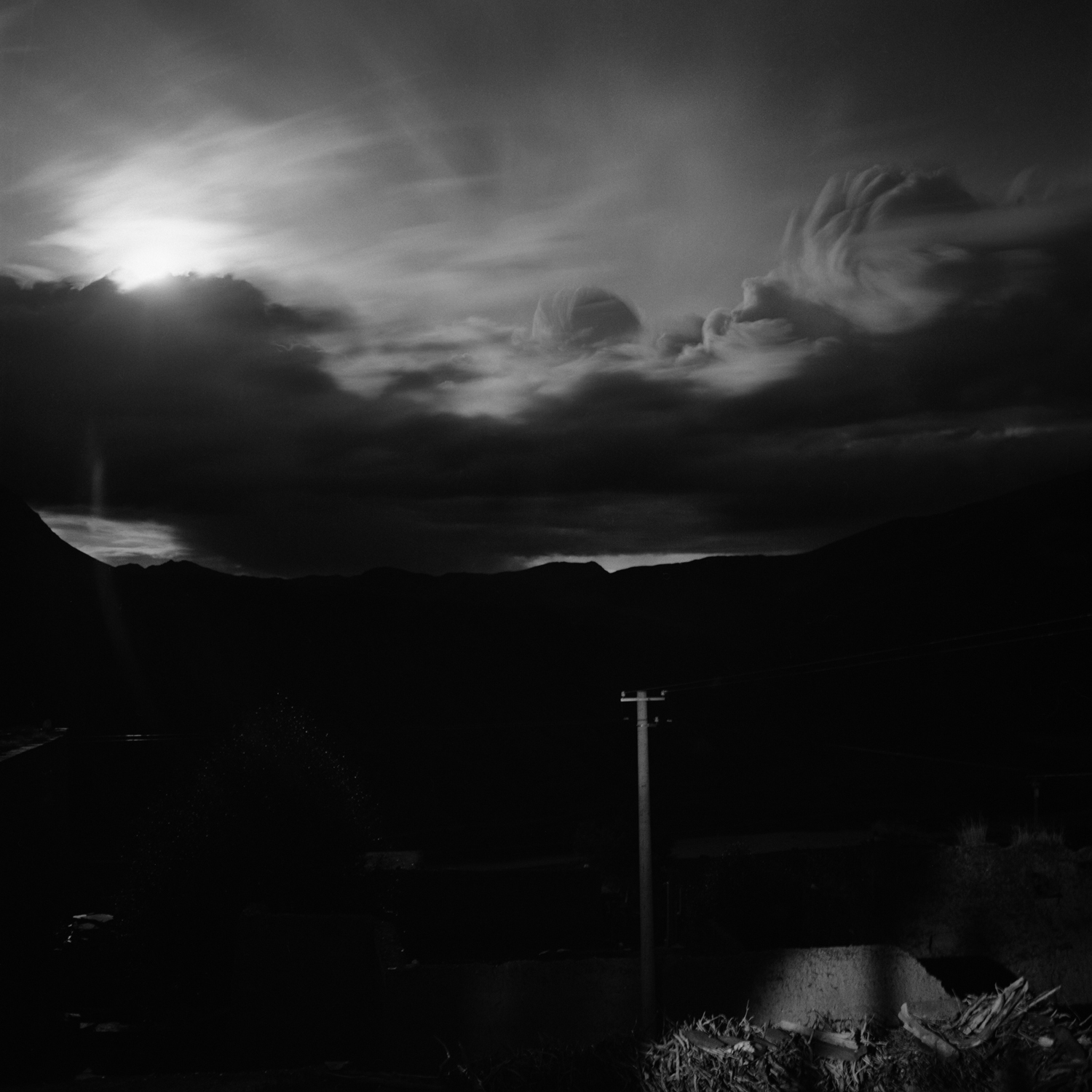The Khampas
The people of Kham, ཁམས་, in Tibet, are renowned for their bravery, horsemanship, marksmanship and fierce sense of independence. Kham is situated in the eastern corner of the Tibetan Plateau and is traditionally referred to as Chushi Gangdruk ཆུ་བཞི་སྒང་དྲུག་ 'four rivers and six ranges'. The Khampas have a tumultuous history, their territory encroached upon at different times by neighbours to north, west and east . Over the centuries, however, the people of Kham have always sought and often successfully maintained their independence from outsiders, with local chieftains ruling their respective territories.
One such territory, Ato Shoka (Chinese Ato Xiang) was administered by the Ato family for many generations and it is here that most of these photographs were taken. The region is mountainous, consisting of high altitude grasslands. The people are mostly nomadic but with the rapid modernisation of the past 30 years and a mass migration of people
relocating to the town of Jyekundo སྐྱེ་དགུ་མདོ་ many villages are abandoned or have only a few families remaining. But yak herding and the cultivation of barley persist there, as they are essential for those who opted to continue their traditional way of life.
A belief in mountain gods coexists with orthodox Buddhism, as can be seen in the many religious festivals some of which have echoes of the pre-Buddhist shamanistic Bon religion. It is a remote and rugged land with a society where until 1959 little had changed for centuries. Here one gains an authentic insight into ancient and traditional Tibetan culture.
All Images © Rinchen Lucy 2016













